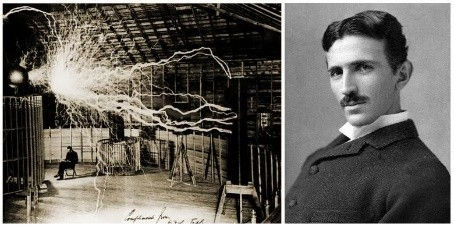A Classic Player: Augustin Daly, 1838-1899
- Tom Dupree
- Oct 9, 2019
- 2 min read
Updated: Dec 24, 2020

By C. CLAIBORNE RAY
When John Augustin Daly became a founding member of The Players, his role as a leading theatrical producer and playwright was less like that of a David Merrick or Hal Prince and more like that of a Hollywood movie mogul of the Golden Age. He groomed a stable of popular actors, chose or wrote the romances, classics and spectacles in which they appeared, ran the theatres where they played, and came close to exerting control over every aspect of their lives, even extracting cash fines for forgotten lines.
Like the studio heads of the future, he often took unknown performers and turned them into stars. His stable included his fellow Player John Drew, Jr.; Ann Gilbert (known as Mrs. Gilbert); Maurice Barrymore, father of John, Lionel and Ethel; Tyrone Power, Sr.; a sadly underused and very unhappy Isadora Duncan; and the famously "emotionalistic" Clara Morris. His prize racehorse was the redoubtable Ada Rehan, who helped him lead his company. An international star admired by Shaw, Twain and Wilde, and a beauty painted by Sargent, she also became Daly's mistress. He also had behind-the-scenes help from his brother Joseph, another founding Player, who wrote this biography.
Born in Plymouth, N.C., on July 20, 1838, and educated in the New York City public schools after his ship-captain father died, Daly was a newspaper drama critic for a decade before becoming a theatrical figure himself. He eventually wrote more than ninety plays, though many were adaptations of works by others. The Daly company played at Daly's own theatres in New York and eventually London, and also toured Germany and France, where Daly died on a business trip on June 7, 1899. The papers reported that both his wife (unnamed) and Rehan were with him. Each retreated into deep mourning.
Daly's productions of Shakespeare's plays were criticized by Shaw because they abridged the original text and used unorthodox approaches, but they achieved great popularity. So did now-forgotten plays like Divorce, Horizon, A Flash Of Lightning and Pique. Edwin Booth worked with him briefly, appearing in Richard II.
On March 30, 1889, Daly and A.M. Palmer (manager of the rival Wallack's company) entertained Booth at a late supper for 75 "of the most distinguished representatives of literature, art and society" at Delmonico's. It was a tribute to Booth for founding The Players.
Early in his career, in 1867, Daly made a spectacular splash with a melodrama entitled Under The Gaslight, introducing a piece of stagecraft that is now more famous than the playwright himself: a
last-minute rescue from the railroad tracks just before a speeding train roars across the stage. In its original form, it was the heroine who rescued the tied-up hero.

C. Claiborne Ray retired in 2008 as deputy obituary editor at The New York Times and from 1988 until recently wrote the Science Q&A column for Science Times. She has used The Players as her drawing room since 2014.



Comments